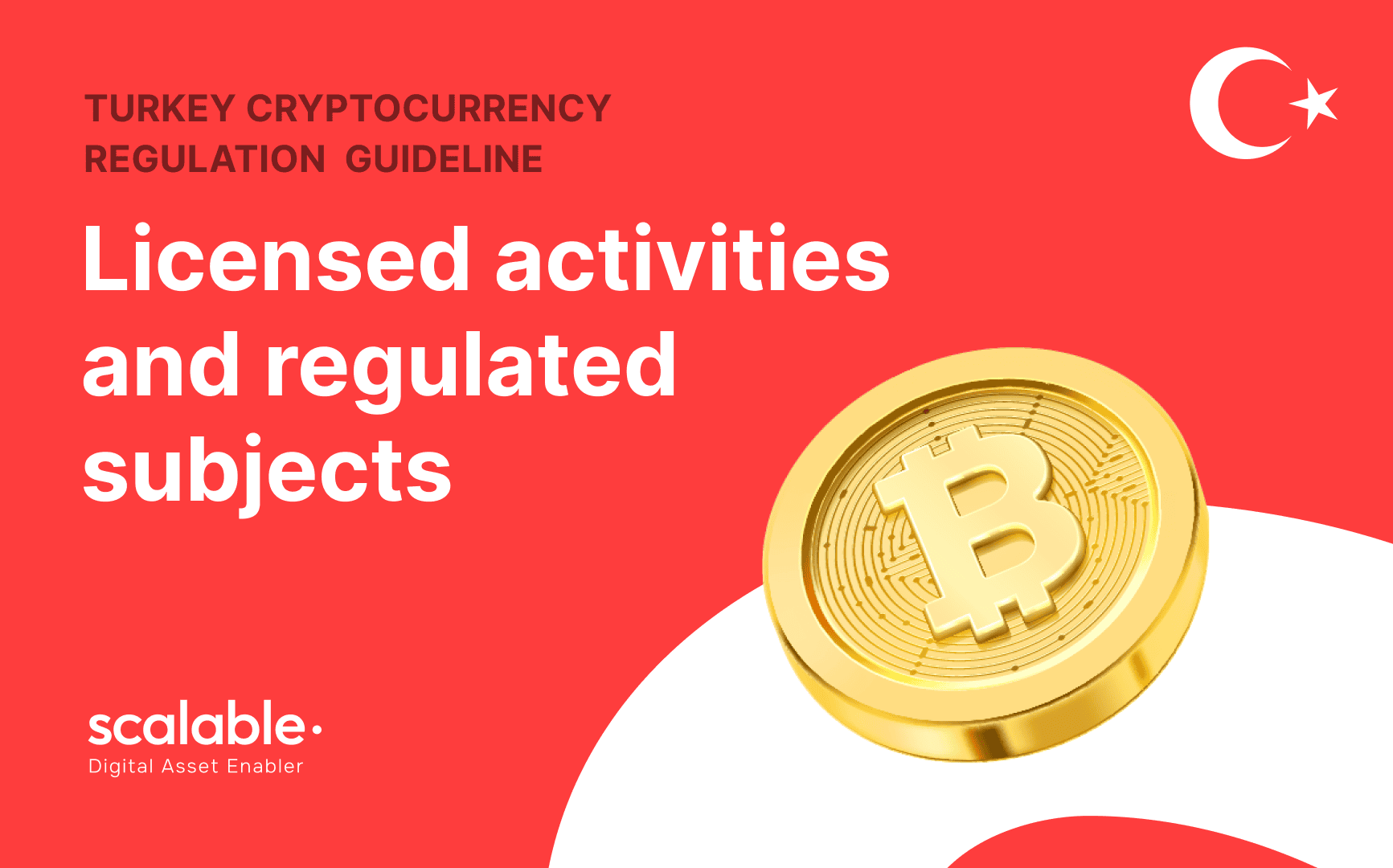

Our partners
Combine the stability of traditional finance with the agility of blockchain
Manage digital assets. Mitigate risks. Deliver value to your customers

Crypto core
Modular infrastructure that enables banks and technology companies to build, launch, and scale crypto products

Custody Solution
Digital asset treasury solution that enables banks to provide custodial services to business and retail customers

Pro Exchange
World-class trading platform for all types of traders

Digital Wallet
Secure, intuitive wallet for retail users, built with core banking functionality

Payment Gateway
Payment processing solution that enables merchants to accept payments in crypto
Scalable helps with seamless integrationsecurity consultingsmart contracts auditcustomer development•tokenizationcustodial servicesbanking infrastructure
seamless integrationsecurity consultingsmart contracts auditcustomer development•tokenizationcustodial servicesbanking infrastructure
The fastest way to market. With the lowest risk for you.
12
years of experience in financial technology
0
security breaches over 12 years
99.99%
uptime ensures uninterrupted operations
24/7
assistance to ensure your success
Recent posts

Adam Berker — Apr 3, 2025
Turkey Cryptocurrency Regulation Guideline: Part I
On March 13, 2025, the Capital Markets Board of Turkey introduced new regulation for cryptocurrency service providers.
The new regulation covers such topics as the list of licensed crypto activities, scope of banned activities with cryptocurrency, conditions required for starting operations, capital and liquidity requirements, requirements for the general management and other staff, requirements for private key storage, listing principles and others.
Legal Insights

Andrew Smith — Mar 18, 2025
Join Us at Premier Industry Events!
Join us for networking, insights, and exploring innovative solutions!
Company Updates

Adam Berker — Mar 7, 2025
Regulatory Compliance for Custody Solutions: What Bank Executives Should Know
The regulatory landscape for digital assets is expected to evolve with new laws and guidelines shaping custody solutions. Banks must prepare for these changes by adopting flexible compliance strategies and staying informed about potential regulatory shifts. Global regulatory bodies are likely to have a stronger influence, promoting standardization across jurisdictions. This trend may lead to the development of a unified regulatory framework for digital assets, simplifying compliance and enhancing security in digital finance.
Legal Insights